
The Laws of Change: I Ching and the Philosophy of Life.LAWS OF CHANGE.西方國家僅有瞭解易經的皮毛翻譯混飯吃的教學講座.
Jack Balkin returns the I Ching to its rightful place as a book of wisdom that teaches how to live ones life in a changing and confusing world.
.《易經》用一套符號形式系統描述事物的變化,表現了中國古典文化的哲學和宇宙觀。它的中心思想,是以陰陽符號(卦象)代表世間萬物的運行狀態,作為卜筮之書,《易經》的影響並不限於占卜和術數,大凡古代中國的哲學、宗教、政治、經濟、醫學、天文、算術、文學、音樂、藝術、軍事和武術等各方面,皆可見到陰陽變..化的思想寓於其中。
The I Ching or Yi Jing, usually translated as Book of Changes or Classic of Changes, is an ancient Chinese divination text and among the oldest of the Chinese classics.The I Ching is used in a type of divination called cleromancy, which uses apparently random numbers. Six numbers between 6 and 9 are turned into a hexagram, which can then be looked up in the text, in which hexagrams are arranged in an order known as the King Wen sequence. The interpretation of the readings found in the I Ching is a matter which has been endlessly discussed and debated over in the centuries following its compilation, and many commentators have used the book symbolically, often to provide guidance for moral decision making as informed by Confucianism, Taoism and Buddhism. The hexagrams themselves have often acquired cosmological significance and been paralleled with many other traditional names for the processes of change such as yin and yang and Wu Xing.
 .
.
傳聞中國超高音速導向飛彈的原理與原則,是由易經八卦及紫微斗數演變而來,轉換為科學數據,經由工程師及科學家驗證試驗,得到結論,可變幻莫測的彈道軌道系統,配合北斗衛星的定位與導引,能夠突破現行的超高音速導向飛彈系統,而創新屬於中國的高科技武器,美國懼怕中國2025年登陸月球成功後,建立太空軍事基地,就是佈署此種可以攜帶核子彈頭超高音速導向飛彈(多彈頭分導式),攻擊美國,這樣一來如此變化軌道與方向的高科技武器,在人類科技發展史上中國拔得頭籌,令美國妒嫉與羨慕,除非美國能夠瞭解到中國易經否則做夢,但是又有誰能夠幫助美國人瞭解易經,毛澤東曾經說出:西方不亮,東方亮,如今證實.
..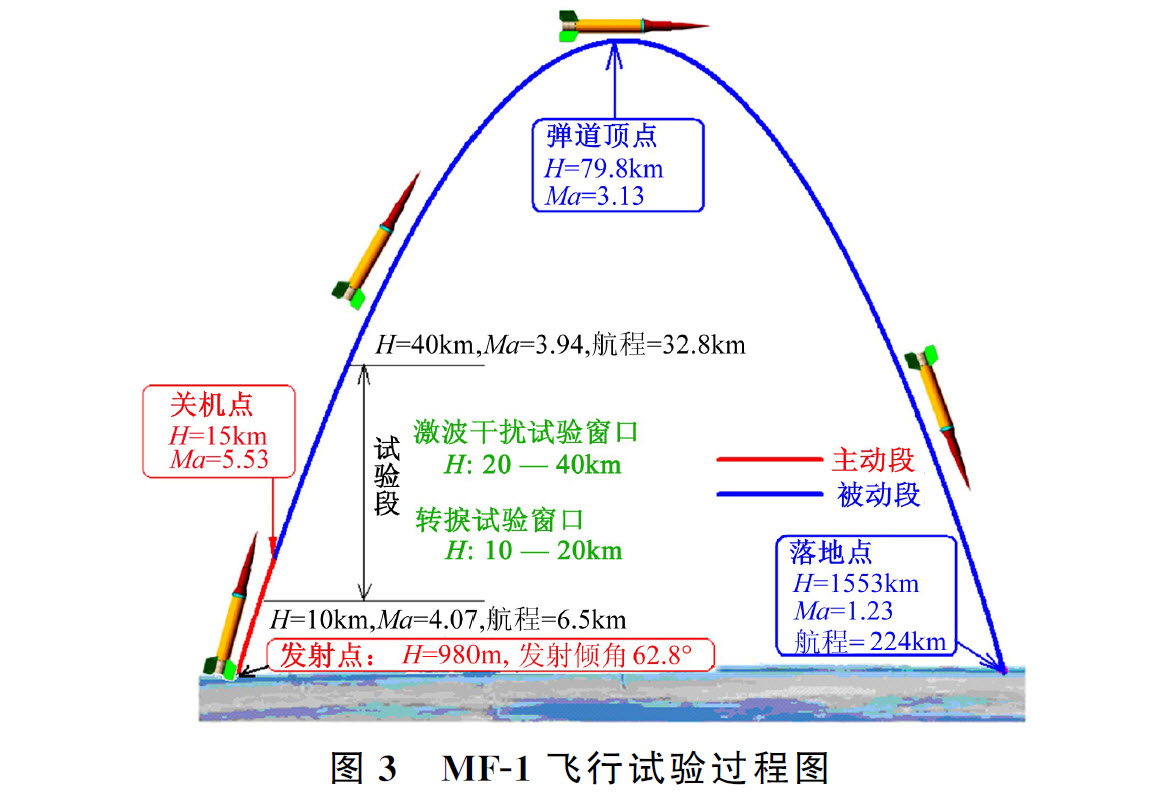
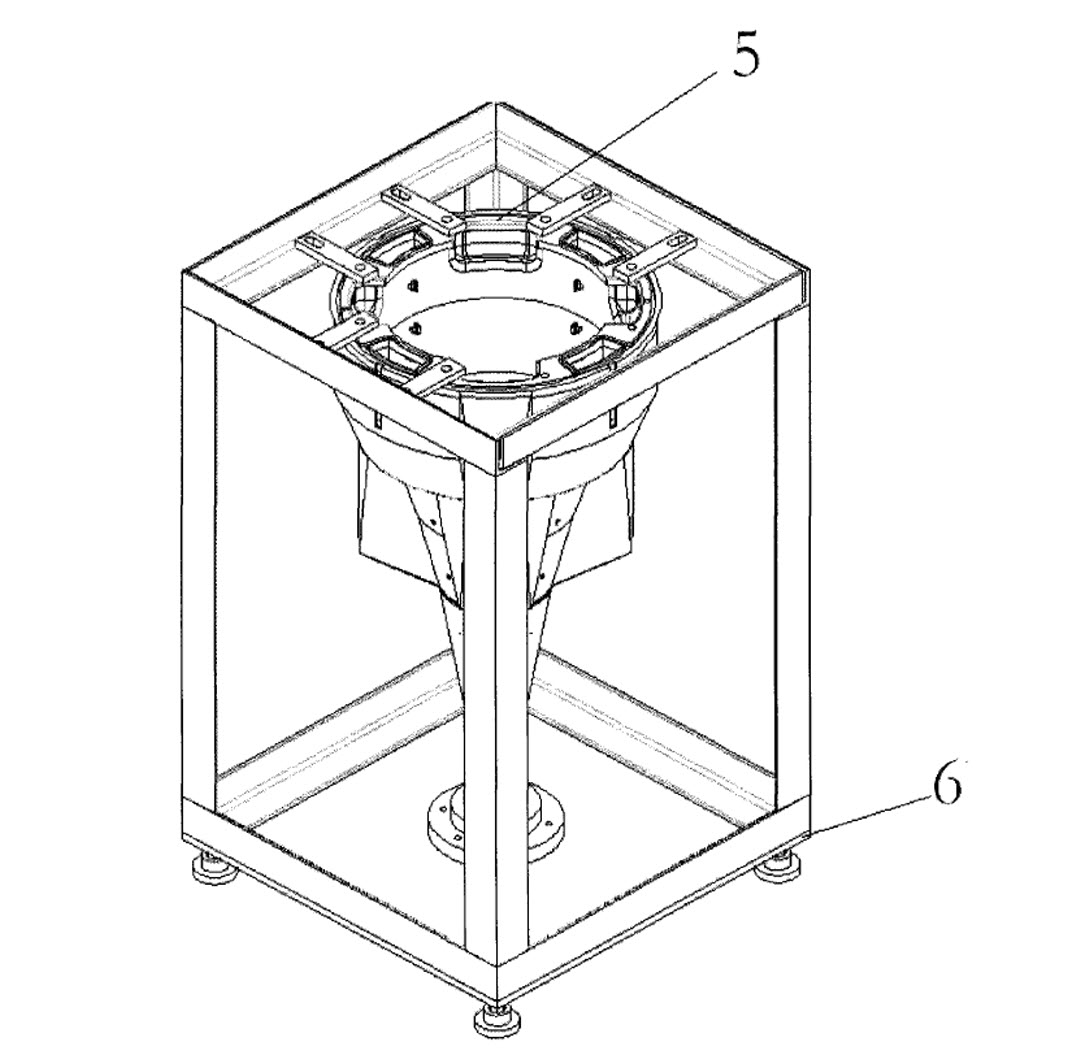
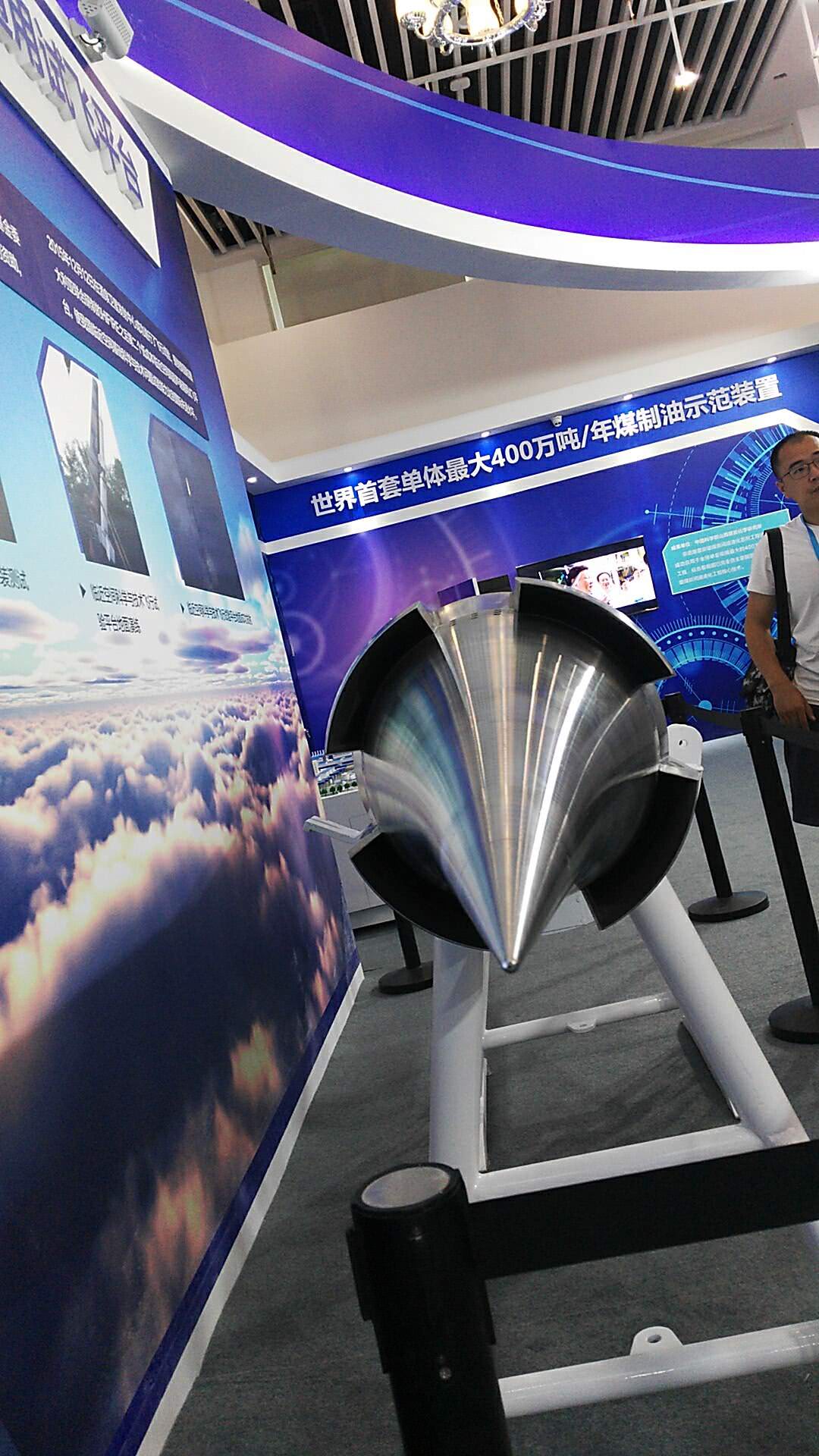
.China conducted two hypersonic weapons tests this summer,Nuclear-capable ‘glide vehicle’ raises US fears that Beijing is developing new generation of arms.
英國金融時報透露出中國在20210727的深夜曾經試射最新型超高音速導向飛彈可惜是失敗的.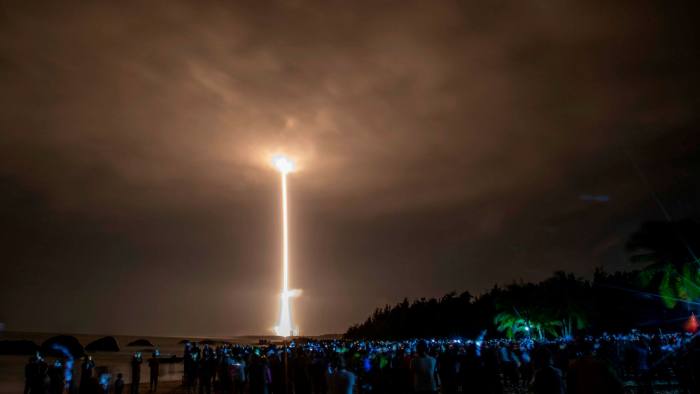
.The new hypersonic glide vehicle was launched with a ‘Long March’ rocket, seen here carrying China’s Chang’e-5 lunar probe for its space programme .
The Chinese military conducted two hypersonic weapons tests over the summer, raising US concerns that Beijing is gaining ground in the race to develop a new generation of arms. On July 27 the Chinese military launched a rocket that used a “fractional orbital bombardment” system to propel a nuclear-capable “hypersonic glide vehicle” around the earth for the first time, according to four people familiar with US intelligence assessments.
The Financial Times this week reported that the first test was in August, rather than at the end of July. China subsequently conducted a second hypersonic test on August 13, according to two people familiar with the matter.
Three people familiar with the first test in July said it stunned the Pentagon and US intelligence because China managed to demonstrate a brand new weapons capability, although they declined to elaborate on the details.
One person said government scientists were struggling to understand the capability, which the US does not currently possess, adding that China’s achievement appeared “to defy the laws of physics”.
Space and missile experts have been debating the Chinese test since the FT revealed the event at the weekend. Jeffrey Lewis, a nuclear weapons expert at Middlebury Institute of International Studies at Monterey, said China appeared to have developed a new innovation, but stressed the need to maintain a degree of scepticism. “We should be open to the reality that China is also capable of technological innovation,” he said. “But I would be careful about exaggerated characterisations that may help excuse a mundane intelligence failure. If we say some innovation is impossible to imagine, then no one is really responsible for missing it.”
The Chinese foreign ministry this week denied the FT story, saying it had only launched a space plane, but that test was conducted on July 16. The Chinese embassy in Washington declined to comment on Wednesday. Speaking to the US military newspaper Stars and Stripes in Germany this week, Admiral Charles Richard, the head of Strategic Command who oversees US nuclear forces, said he was “not surprised” by the FT report. He added he also would not be surprised if more reports emerge next month. Richard, who has ramped up warnings about Chinese nuclear forces this year, told the newspaper that the “breathtaking expansion” meant China could “now execute any possible nuclear employment strategy”. Over the summer satellite images emerged that showed China was building several hundred silos to house intercontinental ballistic missiles. Ned Price, state department spokesperson, this week said the Biden administration was very concerned about the rapid expansion of China’s nuclear forces, including its development of “novel delivery systems”.
..
.
.CHINA DF-17 SO GREAT.
.
It is true the american test of hypersonic weapons was unsuccessful it is a great failure of the USA in the race of hypersonic technology a few days ago China conducted a double test of hypersonic weapons that circled the earth and hit the target, proving that the United States of America is far awaybehind China and Russia.
 ..
..
美國最近試射超高音速導向飛彈再度失敗,卻不自我批判與檢討,反而抱怨中國及俄羅斯成功,根據英國金融時報批露出,中國在202107or8月份曾經又密秘試射超高音速導向飛彈也是失敗的,但是美國軍事情報研判是成功的,因為中國分導式多彈頭的試射,其中有些是偽裝彈頭,好讓美國無法偵測到那一枚,是真正攜帶核彈頭的超高音速導向飛彈,所以認為中國暗藏技術不願意公開說明試射成功,反而同意英國的說詞承認試射失敗,可見中國某些高科技領域的技術已經超越美國,北約某些軍事戰略專家分析認為,美國人謀不張的因素,影響到此次超高音速導向飛彈的試射,傳聞工作專案獎金分配不公,導致於有隱藏性技術問題存在,因為美國已經增加預算給予那些工程師科學家及專案工程相關業者使用,為什麼失敗?
中國,俄羅斯及美國幾乎似同時研發,超高音速導向飛彈的工程,可見路遙知馬力日久見真章.
.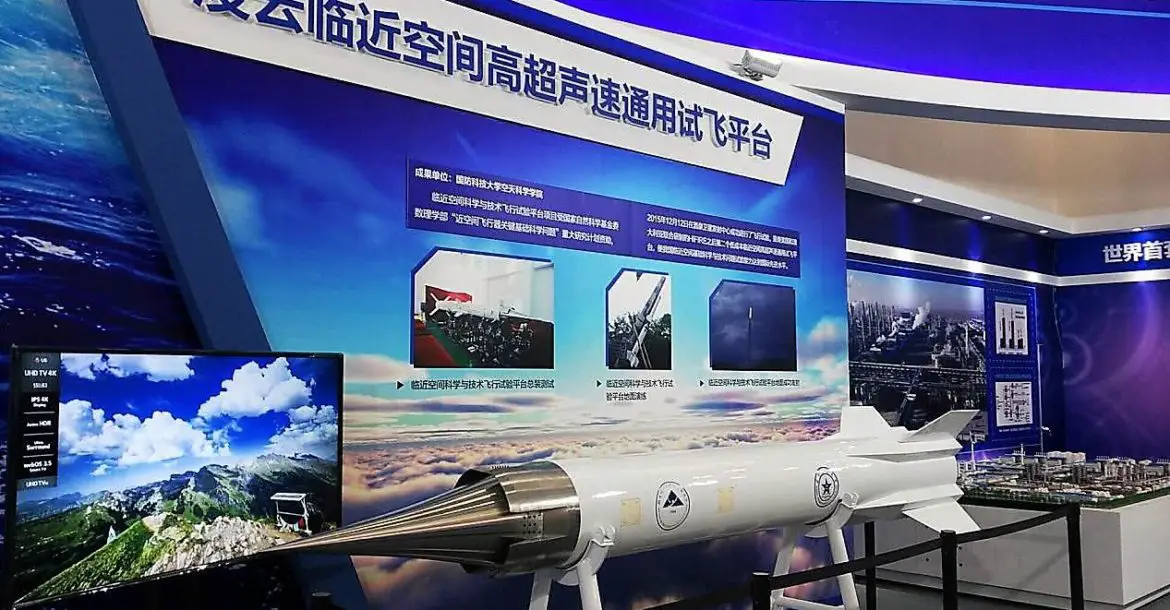
2021年中國珠海航空博覽會的超高音速飛行器展覽館,傳聞美國某大學及相關研究所的人員30多名,專程包機前往取經參觀,並參加研討會,希望得到中國協助解開密秘,好讓美國的超高音速導向飛彈試射成功,否則真沒面子,但是舉辦方,否認有美國人參觀該展覽館..
.The US suffered a setback in the race with China and Russia to develop hypersonic weapons when its latest test failed, the Pentagon said in a statement .
A booster stack, which is the rocket used to accelerate the projectile to hypersonic speeds, failed and the test of the projectile, the hypersonic glide body, could not proceed, the statement said.
Because the rocket failed the Pentagon was not able to test the hypersonic glide body, which is the key component needed to develop a hypersonic weapon, reported CNN.
Officials have started a review of the test, which took place Thursday at the Pacific Spaceport Complex in Kodiak, Alaska, to understand the cause of the booster failure.
"Experiments and tests -- both successful and unsuccessful -- are the backbone of developing highly complex, critical technologies at tremendous speed, as the department is doing with hypersonic technologies," said Lt. Cdr. Tim Gorman, a Pentagon spokesman, in a statement.
The Pentagon has made developing hypersonic weapons one of its top priorities, particularly as China and Russia are working to develop their own versions. The failure is another blow to the US effort following a failed test in April and comes days after it was reported that China had successfully tested a hypersonic glide vehicle.
Traveling at Mach 5 or faster, hypersonic weapons are difficult to detect, posing a challenge to missile defence systems. Hypersonic missiles can travel at a far lower trajectory than high-arcing ballistic missiles, which can be easily detectable. Hypersonics can also maneuver and evade missile defence systems.
Over the weekend, the Financial Times reported that China had successfully tested a hypersonic glide vehicle capable of carrying a nuclear weapon. They reported the glide vehicle was launched from an orbital bombardment system. Though China denied the report, saying on Monday that the test was instead a "routine spacecraft experiment.
Defence officials say they are particulary concerned about China developing hypersonic capabilities because they could enable Beijing to launch an attack over the South Pole, evading US missile defences, which are generally geared toward missiles coming over the North Pole.
Two weeks ago, Russia claimed to have successfully tested a submarine-launched hypersonic missile for the first time, dubbed the Tsirkon. Earlier this summer, Russia said it had fired the same missile from a warship.
The failed test of a hypersonic glide body occurred after the Navy and Army earlier this week conducted a series of successful hypersonic measurement tests highlighting the Pentagons priority of rapidly researching and testing the weapon system. The three joint sounding tests were designed to collect data and carry out hypersonic experiments from DoD partners involved in developing the advanced weapons.
"These launches allow for frequent and regular flight testing opportunities to support rapid maturation of offensive and defensive hypersonic technologies," the Navy said in a statement about the trials.
Those tests, carried out at NASAs Wallops Flight Facility on the Eastern Shore of Virginia, provide data for the development of the services hypersonic weapons, including the Navys Conventional Prompt Strike and the Armys Long Range Hypersonic Weapon.
The US is focusing on conventional hypersonic weapons that are based on ships, land and air platforms.
In April, the Air Forces hypersonic missile program suffered a setback when it failed to launch from a B-52. Instead, the AGM-183A Air-launched Rapid Response Weapon (ARRW) remained on the aircraft.
US Navy conducts test of hypersonic missile tech
The United States successfully tested hypersonic missile technology, a new weapons system which is already being deployed by China and Russia, the US Navy said Thursday.
The test, conducted Wednesday at a NASA facility in Wallops, Virginia, is a "vital step in the development of a Navy-designed common hypersonic missile," the navy said in a statement.
"This test demonstrated advanced hypersonic technologies, capabilities, and prototype systems in a realistic operating environment," it said.
Hypersonic missiles, like traditional ballistic missiles, can fly more than five times the speed of sound (Mach 5).
But they are more maneuverable than their ballistic counterparts and can trace a low trajectory in the atmosphere, making them harder to defend against.
Ambassador Robert Wood, US permanent representative to the Conference on Disarmament, expressed concern earlier this week following reports that China had conducted a test in August of a hypersonic missile with nuclear capacity.
According to the Financial Times, China launched a hypersonic missile that completed a circuit of the planet before landing, missing its target.
"We are very concerned by what China has been doing on the hypersonic front," said Wood, who next week steps down from his post in Geneva after seven years.
China insisted that the test was a routine one for a spacecraft rather than a missile.Wood said Russia also had hypersonic technology and while the United States had held back from developing a military capacity in this field, it now had no choice but to respond in kind.
"If youre a country thats the target of that, youre going to want to figure out a way to defend yourself from that," he said.
"And so we start looking at what other applications and defensive applications can you bring to hypersonic technology -- and so that continues to things to accelerate the arms race."
China unveiled a hypersonic medium-range missile, the DF-17, in 2019, which can travel around 2,000 kilometers (1,200 miles) and can carry nuclear warheads.
The missile mentioned in the FT story is a different one, with a longer range. It can be launched into orbit before coming back into the atmosphere to hit its target.
Russia recently launched a hypersonic missile, the Zircon, from a submarine, and since late 2019 has had the hypersonic nuclear-capable Avangard missiles in service. The Avangard can travel at up to Mach 27, changing course and altitude.
The Pentagon hopes to deploy its first hypersonic weapons by 2025 and has said their development is one of its "highest priorities."....
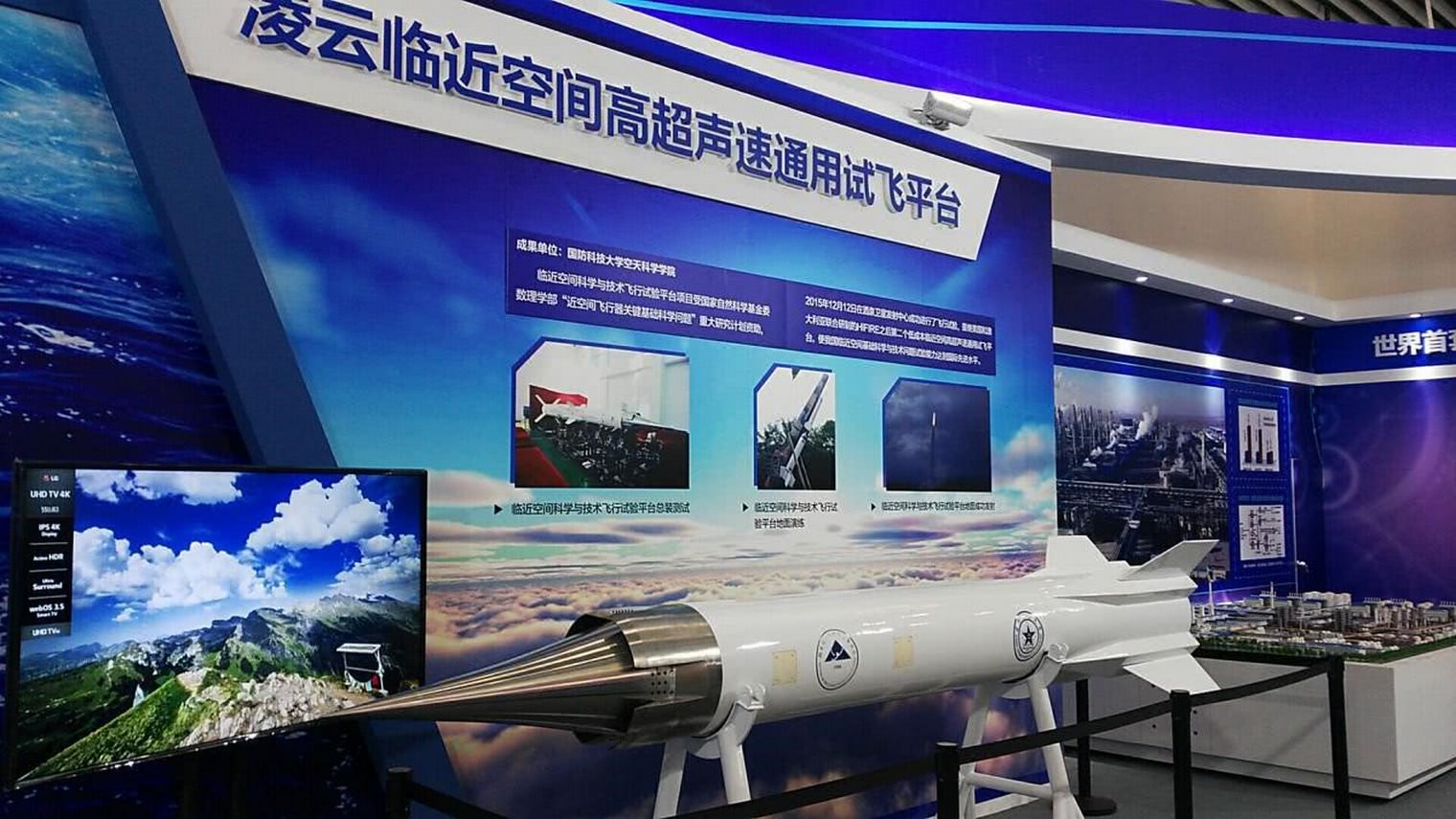 ....................................................................
....................................................................


 字體:小 中 大
字體:小 中 大




 .
.




 ..
..
 ....................................................................
....................................................................





